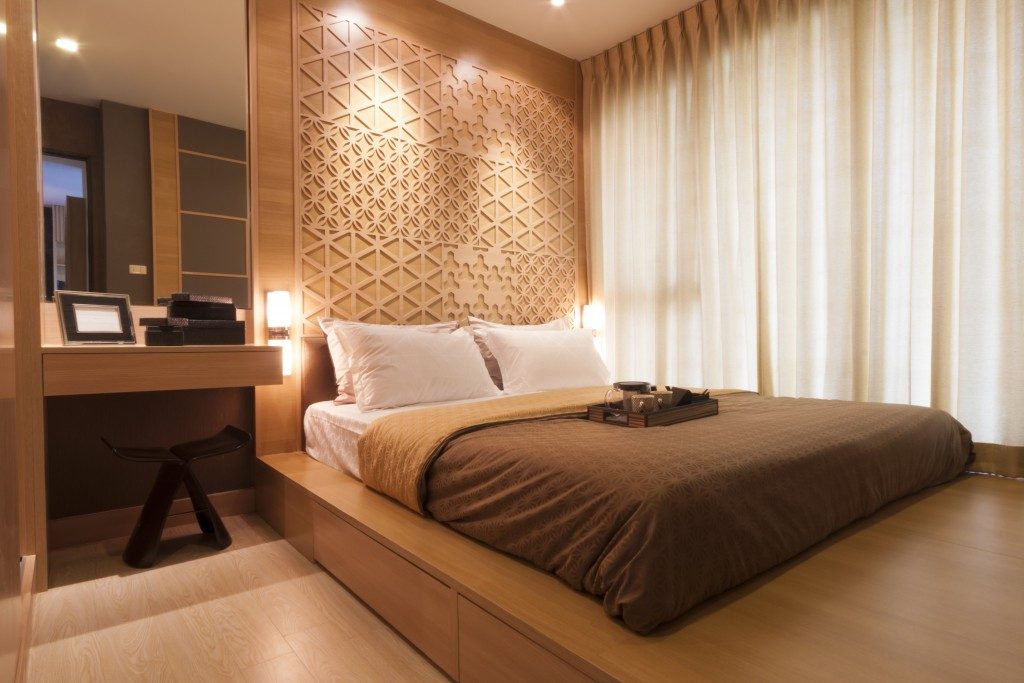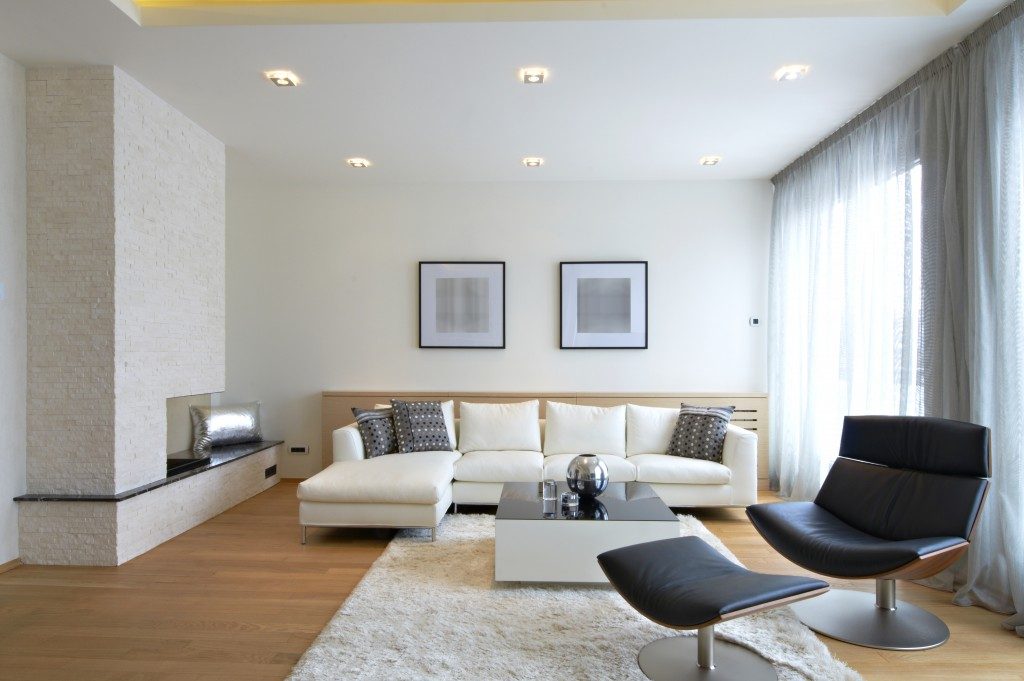The less obvious elements in your home are usually the ones that make the most impact on its aesthetic. Case in point: lines. These are details you hardly think about, but they can give your design different looks and make your space appear narrower, longer, or bigger. It can even be the very element that draws people’s eyes. This is why lines shouldn’t be an afterthought in decorating your home.
When introducing furnishings or fixtures, you must consider how the lines of these elements affect the overall design. That said, here are the types of lines you can play with to achieve your desired look:
Straight Lines
These are the horizontal and vertical lines. The former can give the illusion of expanded space, so it’s best to use them in areas you want to appear bigger or wider. If you notice, narrow living rooms often have beams installed horizontally in the ceiling to create that impression of broader space. Other than the illusion of space, straight lines also offer a sense of tranquility. That’s why it’s wise to fill bathrooms and bedrooms with them. You can reflect horizontal lines in these spaces by paints of stripes on the walls.
Vertical lines, on the other hand, draw the eye upward. If you have interesting decor details that are above the natural sight lines, like eclectic lighting fixtures or elegant architectural domes, use vertical lines. Long, narrow vinyl windows, as Utah-based interior designers share, are a good option for this.
Angular Lines

One type of angular line is diagonals. It spurs a sense of movement and energy, and it’s best to use in activity spaces, such as the kids’ playroom, the living room, or the kitchen. Aside from paint, you can reflect it in the fixtures and furniture — in the backsplash patterns, kitchen island jars and vases, or cushion seating. Diagonals create more visual interest than straight lines, but too much of it can confuse, so you might want to balance things out.
Another type of angular line is zigzags. Their sharp edges add excitement to any design. If you have a too-plain-looking corner in your room, use zigzag lines. Introduce obliquely shaped storage areas and open shelves. With this, you won’t just make that space less boring, but more functional.
Curved Lines
Circular lines offer softness and balance for the straight and angular lines. If you already have horizontal beams on the ceilings and diagonal stripes on your walls, offer a contrast with round sofas or coffee tables and circular ring chandeliers. As circular lines are known for their softness, they also convey femininity. If you want rooms to be gender-neutral, try to have the right mix of circular lines.
Another type of curved lines is flowing lines, in which they trace gently into a spiral direction. This is most evident on the stairs of some homes. If your steps are already fixed, you can introduce flowing lines with wallpaper patterns. You can use this in narrow, empty hallways as these can add aesthetic appeal and direct the eyes toward the end of the space and avoid the sense of rigidity in that area.
Lines are one of those little details that can make or break your home design. Don’t leave them at the bottom of your priorities when planning. Keep them in mind and use them wisely.

